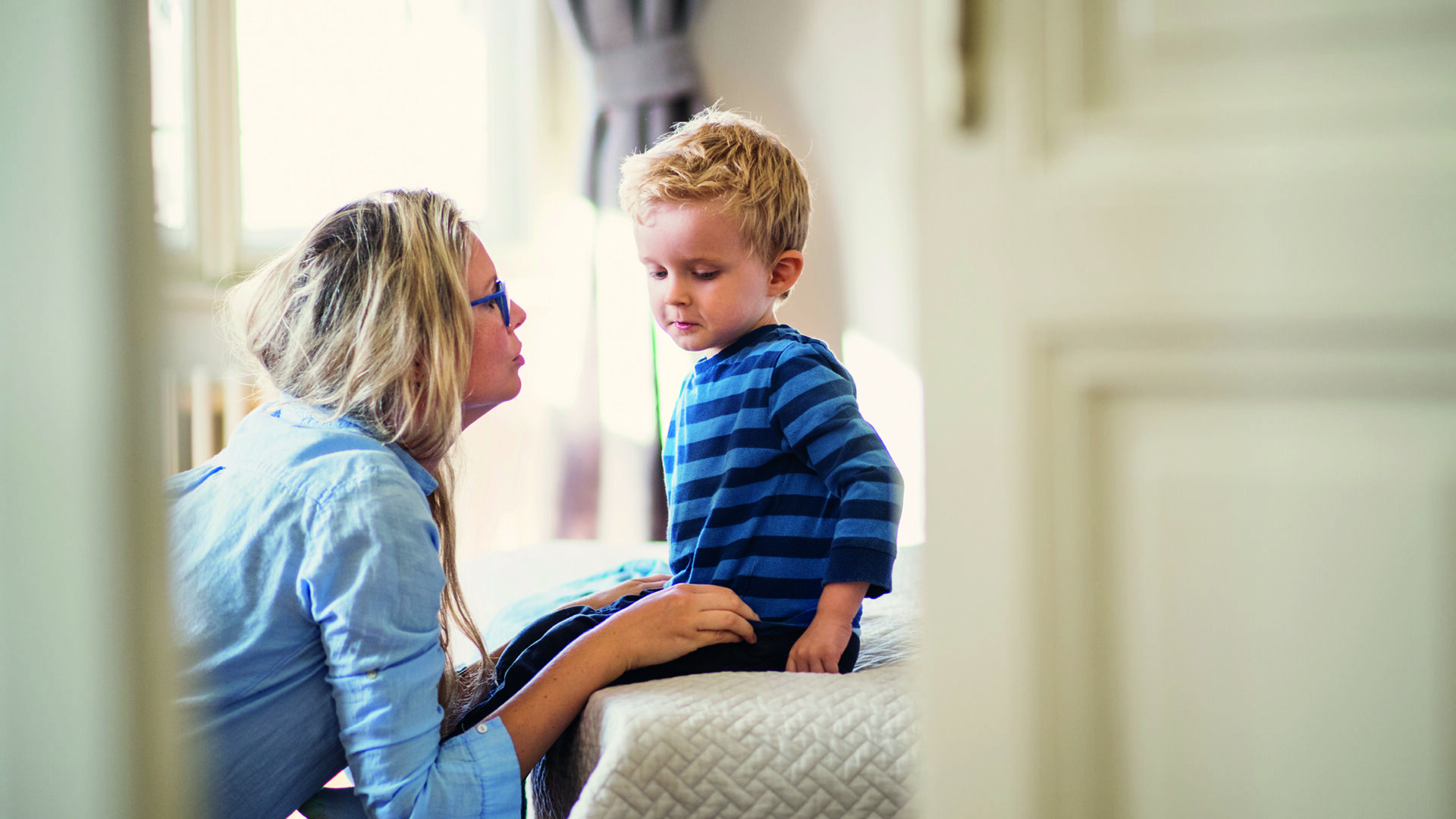By Emeritus Professor Ron Rapee AM
When I first started working in the field of children’s anxieties, some 25 years ago, many people said to me, “Surely children don’t get anxious”. Sadly, over the past 25 years we have learned that children can and do have many of the same sorts of debilitating anxiety problems as adults. On the positive side, partly through the wonderful work of Australian Rotary Health, we have also learned about very effective ways we can help children and their caregivers to manage these fears.
Around seven per cent of Australian children under the age of 12 years have a diagnosable anxiety disorder in any given 12-month period. There are three main forms of anxiety that are most common in this age group and cause the greatest impact.
Separation Anxiety Disorder describes children who are afraid of being away from one or more important caregivers. They will worry that their caregiver might be hurt when they are apart, or that something terrible will happen to the child themselves. As a result, they hate sleeping alone, staying at friends’ places, or leaving their parent to go to school.
Social Anxiety Disorder describes children who worry extensively about what other people think of them. They believe that others will think they are stupid, boring, or unattractive. As a result, they often struggle to make friends, they hide in the shadows, and they avoid all sorts of social interactions.
Generalised Anxiety Disorder describes the ‘worry warts’ among our kids. These children worry excessively about a wide range of topics, including their parents’ finances, making mistakes, or even the end of the world! As a result, they are often very perfectionistic and hesitant, and they hate trying anything new or different.
While these worries might sound very common, they can have a serious impact on a child’s life. Anxious children have fewer friends and social supports than other children. They are also less engaged in sports and other activities. And their schoolwork can be strongly impacted – they are away from school more, have worse grades, and ultimately drop out of school earlier.
The good news is that we can successfully treat anxious children. Our program, called Cool Kids, has been developing for over 25 years and is now used in more than 25 countries around the world. Much of this research has been supported by Australian Rotary Health. The program can be delivered by psychologists, in schools, and even over the internet.
The focus of this program is to teach children and their caregivers practical, common-sense skills and techniques to manage their anxieties. And it works! One year after doing Cool Kids, more than 70 per cent of children no longer have an anxiety disorder – they have better friendships, do better in school, and are generally happier than they were before the program.
